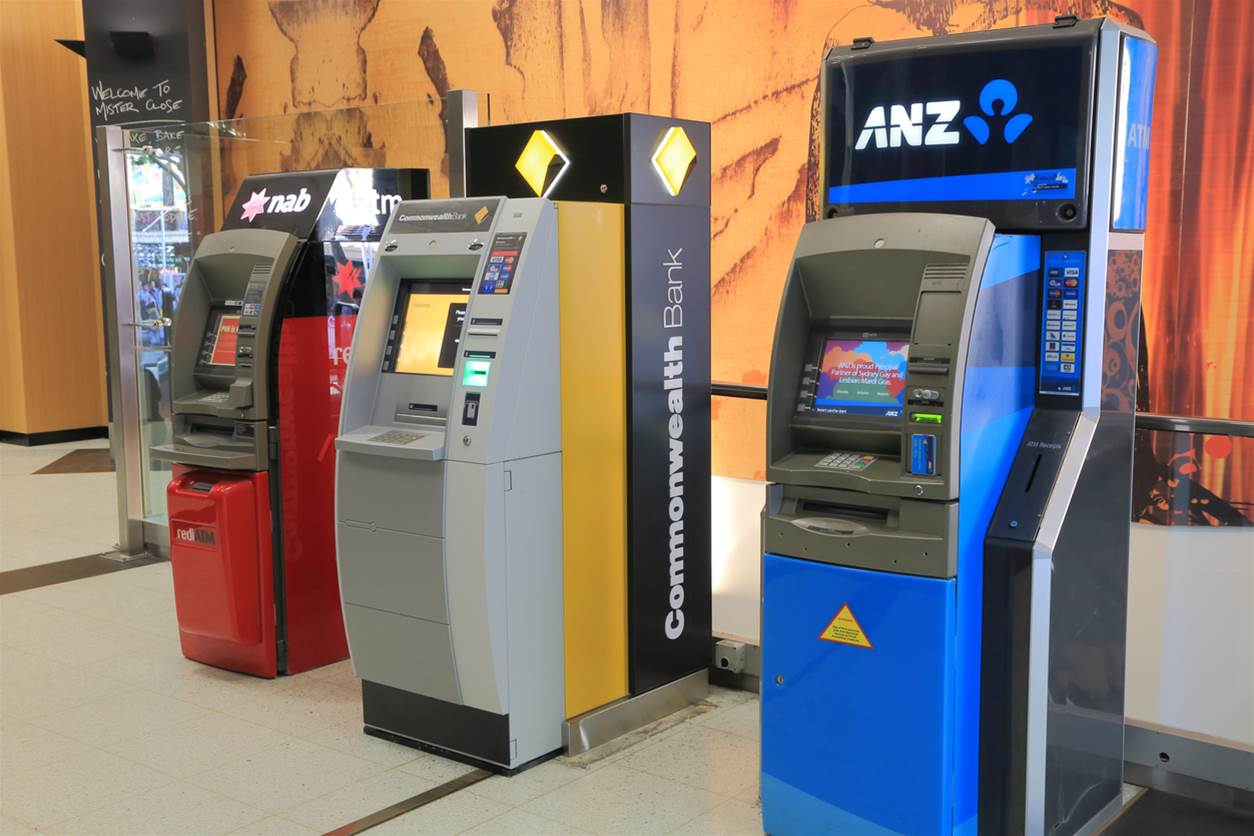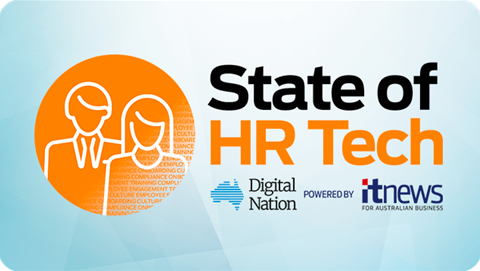When the first phase of the consumer data right (CDR) went live in July 2020, Australian Banking Association chief executive Anna Bligh called it a “watershed moment for competition in the banking industry”.

Ostensibly, that would be because customers can now request certain data that banks collect about them be shared with fintechs or other banks that have more attractive financial products.
However, in many ways, the real watershed moment for the CDR is yet to come.
That moment will be powered by the interconnectivity arrangements established under the CDR that allow data to be shared between holders and various accredited recipients.
As the CDR is applied to more industries - energy and telecommunications being on the list after banking - customers are likely to be courted with sophisticated tools and uses for their data, and by a bevy of platforms competing for their business.
That is likely to change the role of banks, and has many re-evaluating how they can reinvent, either with the help of fintech partners or their own innovation arms.
“The opportunity that [we’re] facing into is more about how that’s going to start to change the whole industry when we open data flows up across the industry and into different industries,” Bendigo and Adelaide Bank’s head of data enablement Ian Jackman told a Contino leadership forum.
“Effectively it changes the role of the bank and challenges everyone to think about what the role of the bank is in the future.
“The value exchange is shifting between consumers, third parties and financial institutions, so the role of the bank inside of that value exchange is something we’re putting a lot of thought into.”
Banks are opening up their systems using application programming interfaces (APIs) to enable the data flows between accredited parties.
Currently, the CDR enables those parties to access data from banks on a read-only basis.
However, in the future, accredited parties may be afforded “write access”, which could allow them “to change or add to data about a customer at the customer’s direction and with their consent”, initiate payments on a customer’s behalf, or take applications for a bank’s financial products directly instead of referring the customer to the bank’s official site.
Three of the ‘Big 4’ - Westpac, CBA and NAB - have already outlined security concerns with this model.
“At the moment with read-only [access] within financial services, a financial institution is still a necessary point of engagement to manage the account, to transact, to make a payment, and to access credit,” Jackman said.
“Once APIs expand into write access payment initiation/account creation and so forth, there’s a complete disintermediation of that model.
“The customer will basically seek the smoothest experience: [one that requires] the least effort, [has] the most compelling features, [at] the best cost, and [where] they can easily plug-and-play all those things together to create the experience that they want.
“That’s a challenging thought pattern because it changes the context of what a bank is in that future environment.”
All-in-one access

In the first instance, customers that have accounts with more than one bank are likely to be courted with interfaces that offer a single view across all their accounts and information.
“Around two-thirds of people are multi-banked in that they’ve got accounts at multiple organisations, so the benefit of holistically getting an aggregated view of an entire financial holding or a financial life and their financial behaviour is the basis for those experiences,” Jackman said.
For banks that can offer that single view portal, apart from making customers’ lives easier, opportunities also exist to learn more about customers’ finances and to use that to more deeply personalise their experiences.
“The fact that banks will be able to look at fuller sets of data looking at how our customers are using our products and the products of competitors leads to personalisation … and potentially [new] features and products,” CBA’s general manager of business and private banking analytics, data and decision science Craig Dougan told the Contino event.
As a bank, Dougan said, “you can start to look at what your product construct is, what it should be, what services you don’t provide now, and really start to align your privacy policy, your customer contacts, and your customer experience around what you’re seeing through that data.”
Jackman predicted that financial products will become “componentised” and customisable to the point where they can be “tweaked, modified, adjusted and combined across multiple institutions to create a product landscape that suits an individual.”
“The customer will drive the experiences, outcomes and solutions that form in the market,” he said.
That’s all from a financial perspective; however, banking is simply the first industry where the CDR applies.
Jackman said that account aggregation services were “table stakes” for open banking - effectively the base use case for the CDR in the banking sector, albeit one that is “highly valuable” to the consumer.
“Account aggregation will be an absolute commodity, and we’ve seen that overseas,” he said.
“The simplicity of bringing together all your financial holdings from across multiple institutions to see them all together in one e-banking platform - that’s ‘table stakes’, so I would expect that every one of the banks and then subsequent industries will be either building that themselves or working with partners to do that.
“The next step [is] .... what can we now do that has a compelling experience, and that’s where analytics, personalisation and insight comes into play.
“There are a number of players in the market already operating in that space who are building engines, algorithms, tools and techniques to do that and manage that.
“They’re already in-market often with screen-scraping technology. But now it would be much more effectively [performed] through APIs.
“So I think what you’ll see is banks and other institutions will move quickly to those types of service offerings, and the partners out in the market who have already got services in that regard will be very quickly partnering with banks and others to bring together their capabilities to be able to compete in that space.”
Broader views

Once the CDR is expanded to cover data in more industries, the opportunities to combine datasets becomes even more interesting.
“Taken at a macro level, the CDR heralds the formal commencement of the data marketplace,” Australian Banking Association policy director Emma Penzo told the Contino event.
“As consumers begin to understand the power that their data has and as more participants enter the marketplace, and as more functionality is added to the CDR such as write access, this data economy is going to flourish.
“So sitting here today, we cannot begin to imagine the variety of use cases that will be forthcoming even 18 months or two years down the track.
“But providing that the CDR remains trusted, safe, secure, then I’m pretty confident that innovation will come.”
Penzo expressed quiet excitement to see what would happen when data from multiple industries is combined.
“We will get into the land of hybridised products,” she predicted.
“The vision I have is products that go beyond just pure banking products. You might have a banking product that is somehow hybridised with an energy or telco product.
“I’m really looking forward to when CDR is at full throttle with more sectors than just energy and banking in its sights just to see what that kind of data convergence can do to product development.”
The evolution of CDR
A lot will depend on how the CDR continues to evolve, both within a banking context and more broadly.
As 2020 draws to a close, there is change afoot, with the Australian Competition and Consumer Commission (ACCC) set to lose its CDR oversight role to Treasury.
The move is initially about expanding use of the CDR within banking - the scheme launched in July with a low number of accredited fintech participants, likely due to the bank-like security and governance standards they must meet in order to qualify.
At the time of writing, there were six accredited data recipients - not all of them active - and five data holders, which are all banks.
The switch from the ACCC to Treasury was the subject of a quiet consultation by the latter.
iTnews raised specific questions about the move with a Treasury spokesperson, but was directed back to the consultation paper.
Connecting people
Outside of open banking and the CDR, the other area where banks have increased connectivity this year is in the ways staff can collaborate and communicate, enabling Covid-normal ways of working.
Some, like Westpac, were able to quickly draw upon existing technology investments as the business world moved to working from home.
“Prior to the onset of Covid-19 we’d already been investing significantly in upgrading our remote access technology and simplifying the network, to make it easier for employees to connect remotely,” chief information security officer Richard Johnson said.
“That included a move two years ago to an enterprise-wide cloud-based solution for controlling and monitoring access to the web.”
Still, Westpac went from “around 5000 employees using VPNs to connect and work remotely to more than 20,000” in a short period.
Covid saw a huge increase in demand for connectivity solutions.
“In March alone, this resulted in more than 300,000 hours of audio and video conferences, up from around 42,000 hours in the same month a year earlier,” Westpac said.
“Likewise, in April we saw 24 million minutes of audio and video conferencing compared to around 48 million over a full year in prior years.”
ANZ Banking Group recorded a similarly meteoric rise in connectivity needs.
“The internet bandwidth into our data centre ... had to be increased by 400 percent,” group executive for technology Gerard Florian told ANZ’s BlueNotes blog.
“When it comes to multi-point meetings, late last year our daily call minutes for our conferencing tool would be around 50,000 a day.
“We had days in the last two weeks [of April] where we've peaked at 2.1 million minutes.”
For ANZ staff, the ability to effectively work remotely over an extended period of time has shifted attitudes and behaviours for hiring and teamwork.
“The mentality of how agile teams work has changed dramatically,” payments transformation program portfolio test director Alex Kyriazis told the Tricentis virtual summit.
“Colocation [of staff] has been proven [to be] not required to be able to continue to deliver solutions”.
Kyriazis said he had been working from home since March 2020.
“I haven’t been in the office or had any face-to-face connection with any of my people, which makes it extremely challenging,” he said.
“We went through a whole workforce strategy restructure, so there’s no one in the office in any of the countries we work in. I’ve got resources based in India, Australia, New Zealand, China and Singapore.”
While it involved some change management, Kyriazids said teams had managed to adapt to the new ways of work.
“We did change the norm of how we work, but our objectives and our initiatives for where we want to get to haven’t changed,” Kyriazis said.
“They have slowed down a little bit and that was expected because the mode of operation has changed, but what we’ve found is after the slowish commencement of the activity, we’re actually continuing to hit some of these initiatives and our targets to enable us to [get to] where we want to go as an organisation.”
He added: “[This] will definitely change the way we think about working moving forward.”
NAB has a similar story to tell.
“At the end of 2019, only 13 percent of colleagues could work from home at any one time,” NAB said in a blog post.
“Then in March 2020, almost overnight, around 85 percent of our people were able to work from home - most of whom still are.”
NAB was forced to rapidly deploy a secure remote access solution for many of these staff. It also introduced “collaboration platforms such as Microsoft 365 Teams, OneDrive and Zoom” to enable staff to stay connected.
CBA, meanwhile, has indicated that it still has a sizable portion of staff working from home.








.png&w=100&c=1&s=0)

 iTnews Benchmark Security Awards 2025
iTnews Benchmark Security Awards 2025
 Digital Leadership Day Federal
Digital Leadership Day Federal
 Government Cyber Security Showcase Federal
Government Cyber Security Showcase Federal
 Government Innovation Showcase Federal
Government Innovation Showcase Federal
 Digital NSW 2025 Showcase
Digital NSW 2025 Showcase












_(1).jpg&h=140&w=231&c=1&s=0)



